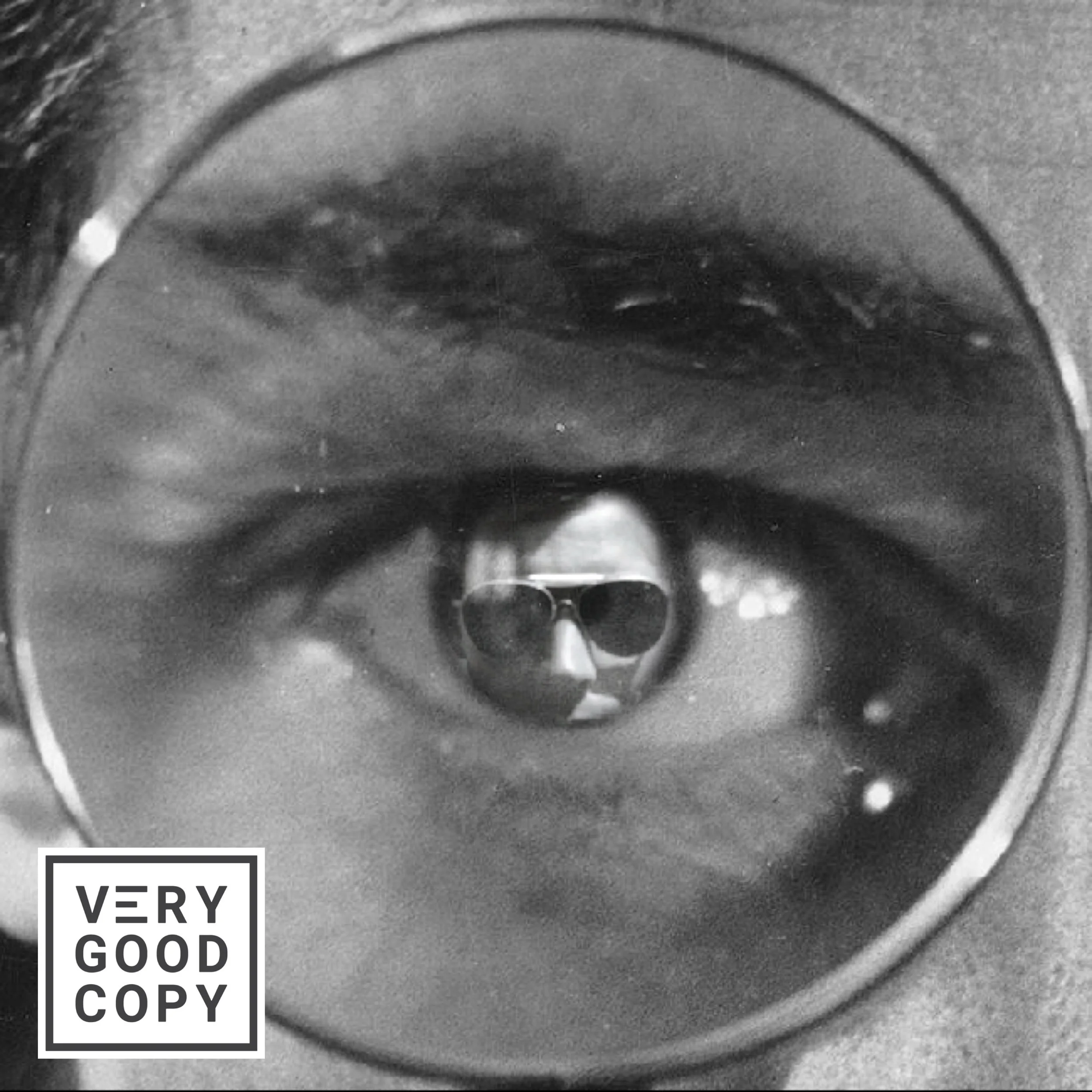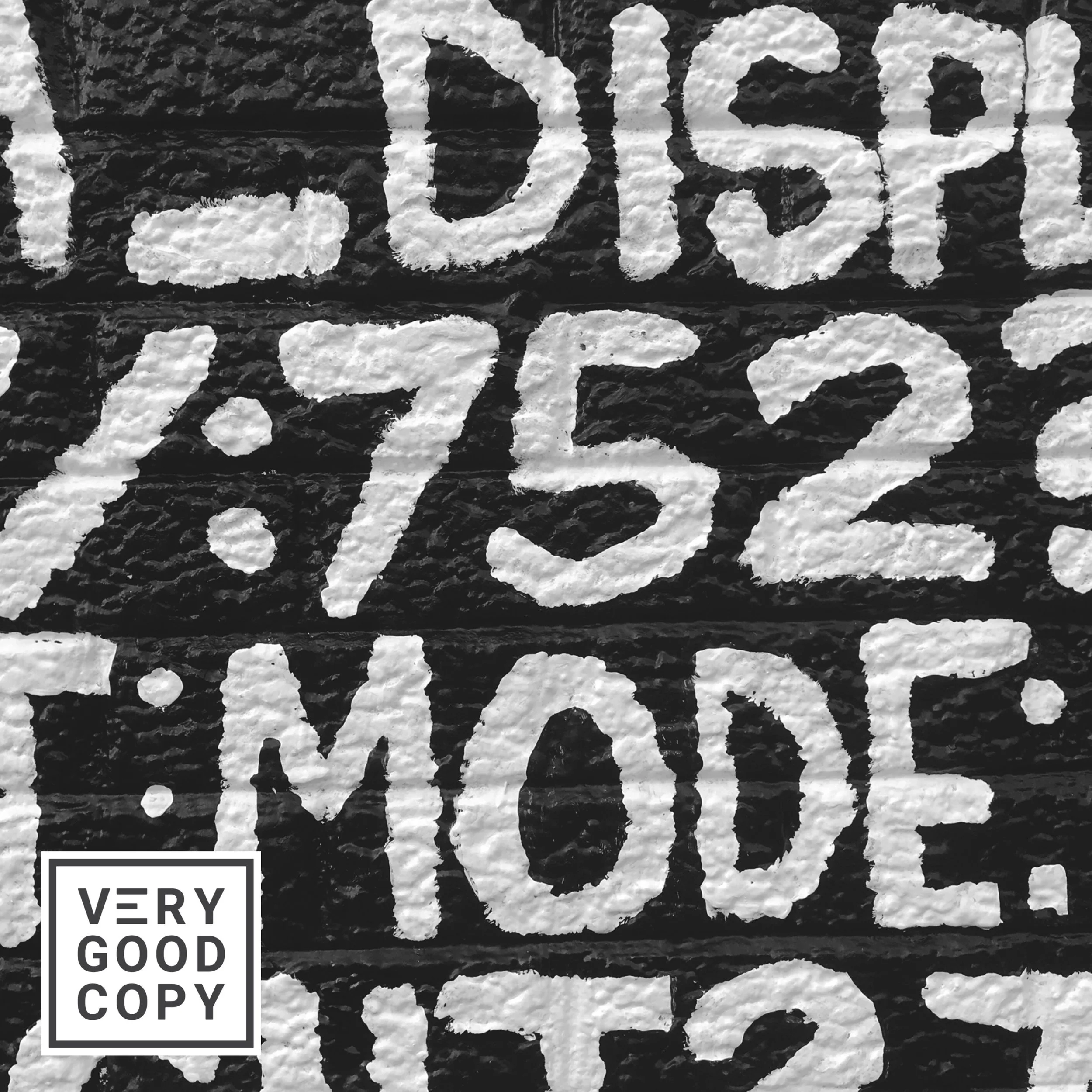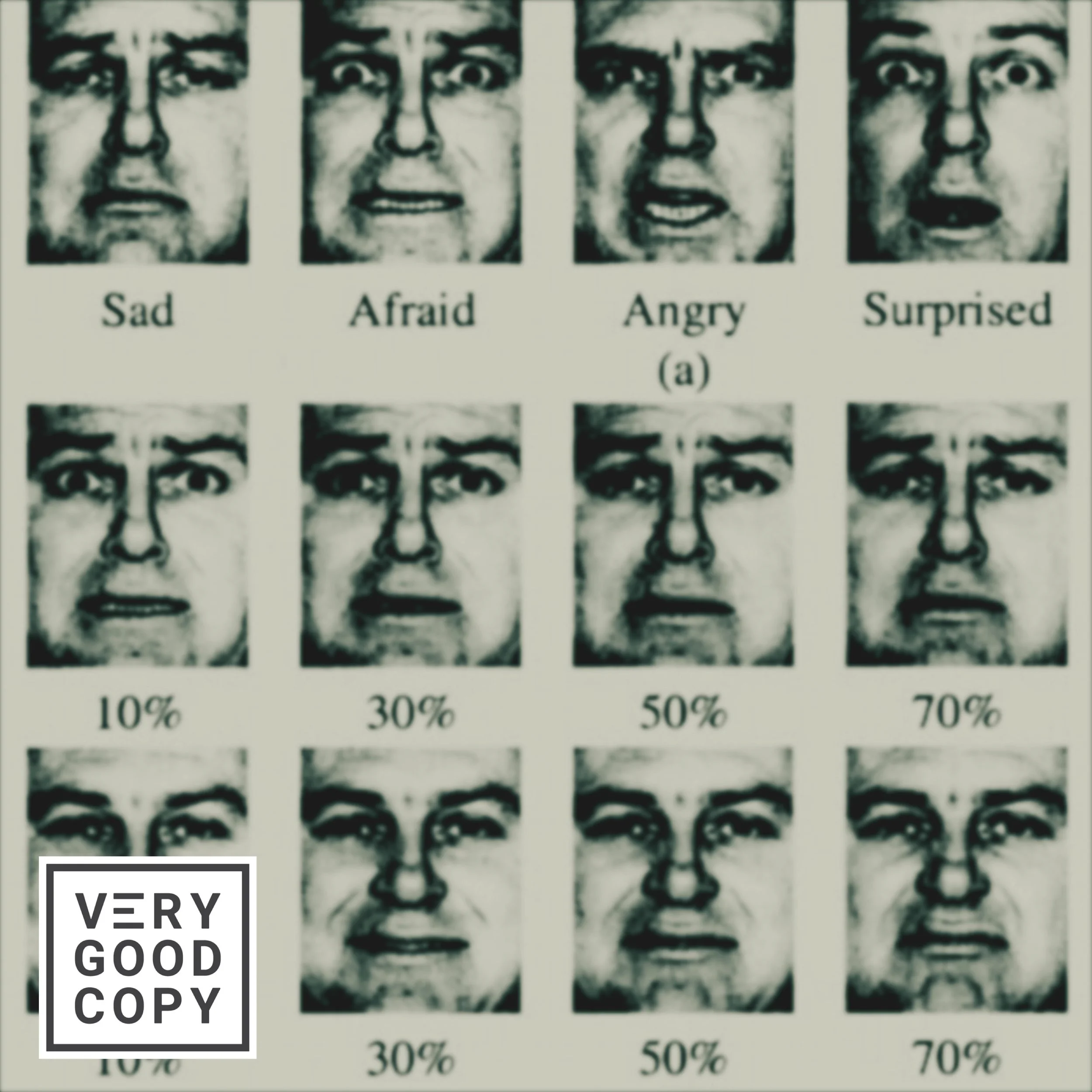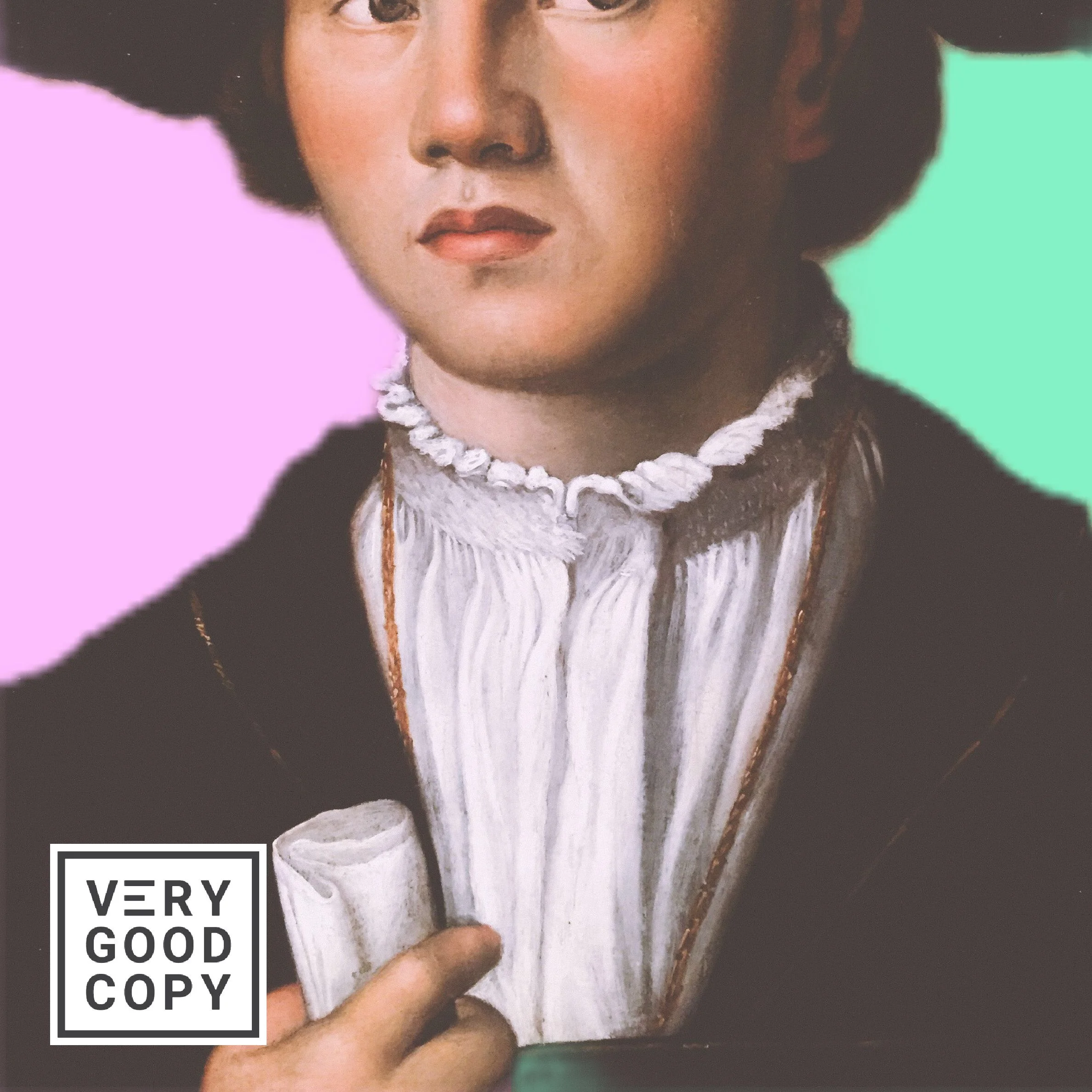
Ernest Hemingway wrote clear, bold, persuasive prose.
His writing is easy to read and understand. It's digestible.
Every copywriter should study Hemingway's style -- and the rules he followed to achieve it:
1. Be bold: Avoid adverbs.
Adverbs exist to give the reader more information. They're designed to add color:

- "He carefully held the baby."
- "She quickly ran from the scene."
- "They cared for each other dearly."
But they should be used sparingly.
In his memoir, On Writing, Stephen King says, "I believe the road to hell is paved with adverbs ..."
King's basis? Adverbs can be redundant. They can weaken verbs and degrade otherwise strong, bold writing.
Avoid adverbs. Sub them out for more descriptive and definitive verbs. For example:
- "He cradled the baby."
- "She sprinted from the scene."
- "They loved each other."
Bold copy is light on adverbs.
2. Be clear: Avoid the passive voice.
This sentence is in the passive voice: "The car was driven by Jim."
You can tell because the subject (Jim) is at the end of the sentence, thereby shifting the focus of the sentence to its object (the car).
This sentence is in the active voice: "Jim drove the car."
You can tell because Jim, the subject, is doing the action.
While passive voice is not grammatically incorrect, it can make your writing sound awkward and wordy, not to mention hard to read.
Clear copy is written in the active voice, which produces a more confident, more direct tone.
3. Be persuasive: Use simple words.
Good copy doesn't lean on fancy words and jargon.
That stuff will never impress people as well as a clear, concise message that immediately makes sense.
Persuasive copy is, first and foremost, understood.
Who better?
You're no Hemingway. Neither am I. But who better to emulate?
LEARN TO PERSUADE
![VeryGoodCopy [Logo] DARK.png](https://images.squarespace-cdn.com/content/v1/5615edeae4b0b9df5c3d6e90/1527214274324-10LWMSER3CF1YOR9A1WA/VeryGoodCopy+%5BLogo%5D+DARK.png)
WRITE BETTER.
MARKET BETTER.
SELL MORE.







































![How copywriters put prospects in the buying mood [quick trick]](https://images.squarespace-cdn.com/content/v1/5615edeae4b0b9df5c3d6e90/1533095575515-C2JPAZA3C46IBX00EMM8/Put+prospects+in+the+buying+mood+%5BVGC+art%5D.JPG)




















